What are iron valence electrons?
- Iron valence electrons and their importance for chemistry.
- Different types of electron configurations can occur in iron atoms.
The number of valence electrons in an iron atom (Fe) is 8. Iron has 8 total valence electrons.
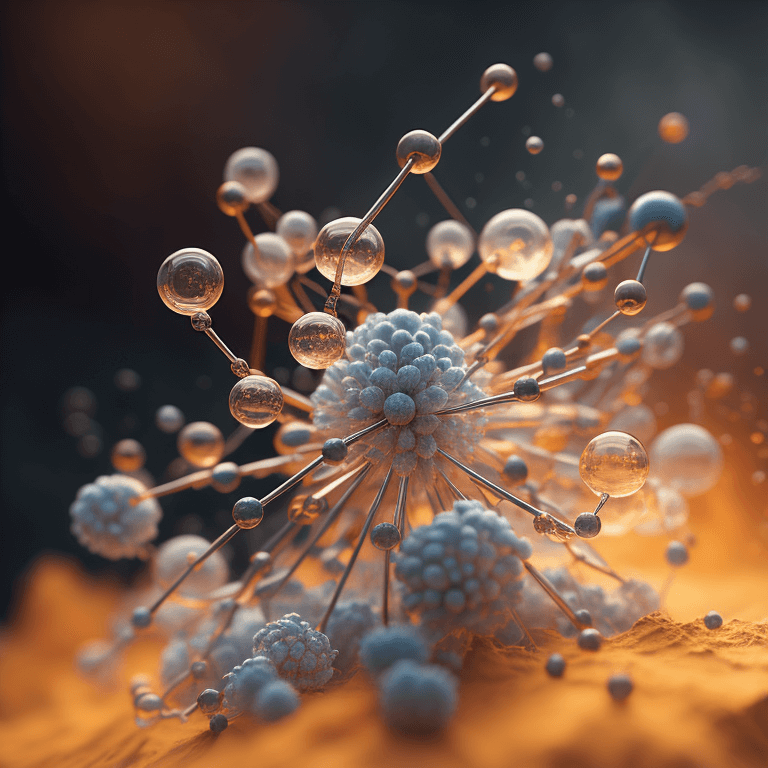
Valence electrons are the outermost shell electrons that are responsible for determining how the atom will react with other atoms and hence, their chemical properties.
Iron (Fe) is a transition metal located in group 8 and period 4 of the periodic table. It has the following key properties related to its valence electrons:
- Atomic number of iron = 26
- Electron configuration = 1s2 2s2 2p6 3s2 3p6 4s2 3d6
- Iron has 2 electrons in its outermost 4s orbital and 6 electrons in the 3d orbital.
- So in its neutral state, iron has 8 total valence electrons (2 in 4s + 6 in 3d).
- The possible oxidation states of iron are:
- Iron(0) or metallic iron – all 8 valence electrons present
- Iron(II) – 6 valence electrons (lost 2 4s electrons)
- Iron(III) – 5 valence electrons (lost 3 electrons – 2 from 4s, 1 from 3d)
- In compounds, iron can donate/lose electrons to achieve these lower oxidation states of +2 and +3.
- Common examples are Fe2+ (ferrous ion) and Fe3+ (ferric ion) in iron compounds.
So in summary, iron has 8 total valence electrons that it can use to form chemical bonds or lose to achieve positive oxidation states of +2 or +3.
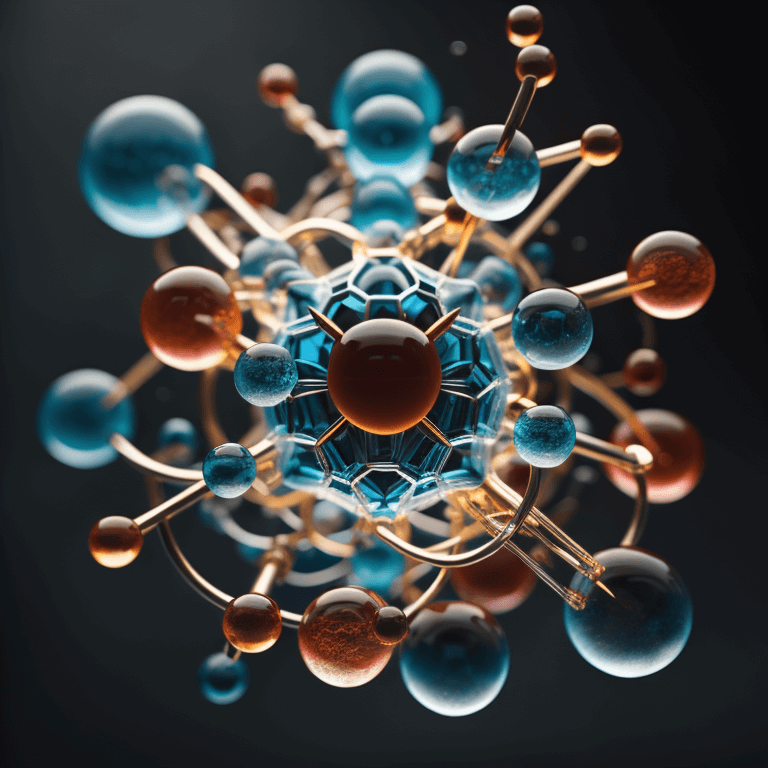
Its versatile valence electron configuration allows it to readily participate in oxidation-reduction reactions.
What are iron valence electrons?
Iron valence electrons are the electrons found in the outermost energy level of an atom of iron which is 8.
Explain it to a child
The valence electrons in an iron atom (Fe) are 8. Valence electrons are the outermost shell electrons that determine how the atom will react with other atoms and hence, their chemical properties.
These electrons are responsible for how each atom of iron interacts with other atoms because they make up a large part of the total number of electrons that exist around the nucleus.
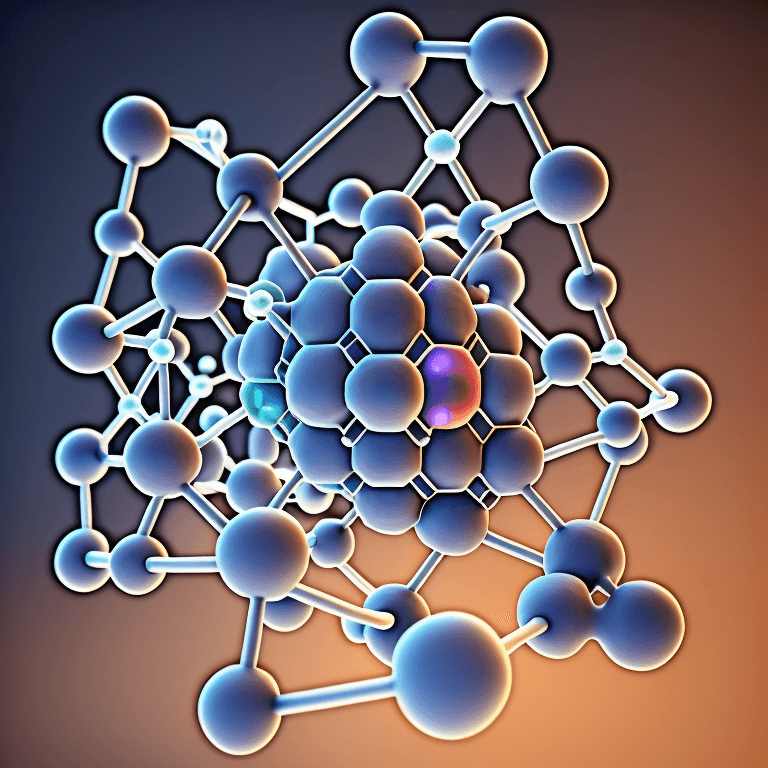
- It’s these valence electrons that determine whether Iron will become ionic or metallic, covalent or molecular, and the type of reaction it will have with other elements when combined.
- The valence shells for each atom of Iron contain between 0 and 8 electrons, giving it a wide array of possible interactions when combined with other atoms.
Knowing this is important for scientists as they work to understand chemical reactions and develop new ways to utilize Iron in various materials.
The number of valence electrons in an iron atom
Iron is a fascinating element due to its unique ability to form a wide array of compounds.
One of the most important properties that allow it to do so is its number of valence electrons.
Specifically, an iron atom has 26 total electrons, with 8 occupying its outermost shell.
This is an important factor in determining the chemical reactivity of an atom, as the outermost shell is where an atom gains or loses electrons when forming different compounds.
Different types of electron configurations in iron atoms
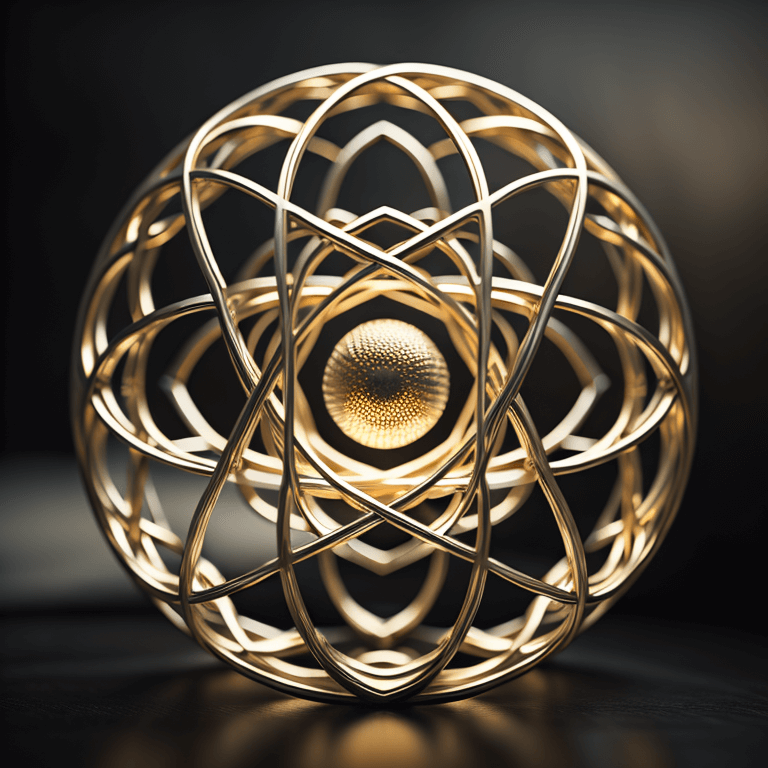
Iron atoms are unique in that they have different electron configurations depending on the number of electrons present.
Iron atoms can be found with 8, 15, 16, and 17 electrons forming various types of electron configurations.
The most common type is the ferrous ion which has 2 unpaired electrons.
This configuration provides stability to iron and allows it to easily form bonds with other elements.
By having different electron configurations, iron atoms play an important role in many chemical reactions, making them crucial for life.
Overall, this unique property of iron atoms gives them a vital place in the world of chemistry.
How do valence electrons affect chemical properties?
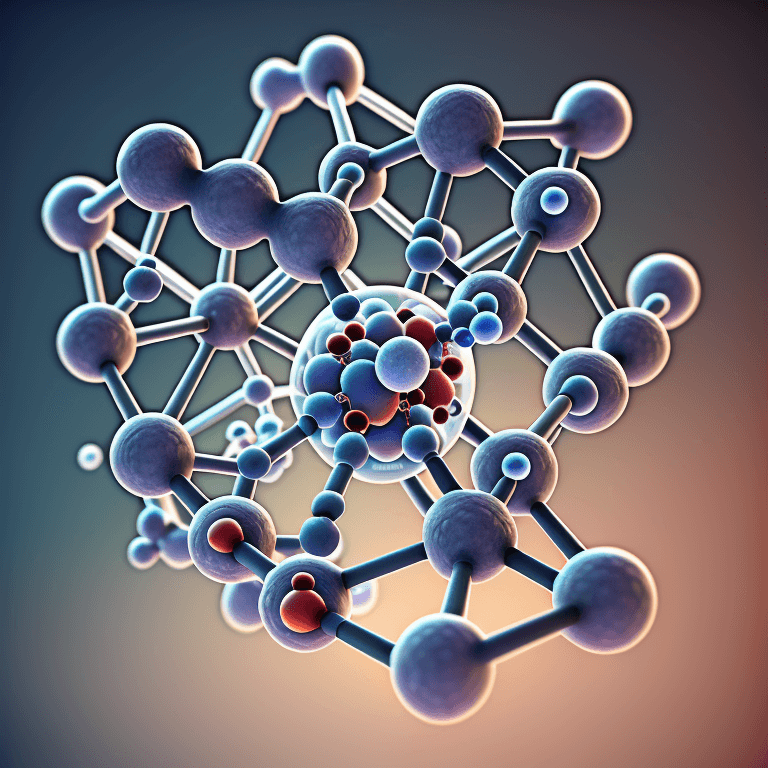
Valence electrons have a significant impact on chemical properties as they are involved in chemical reactions because they are closer to the nucleus and most reactive than other electrons.
During chemical reactions, valence electrons get transferred or shared between molecules forming new bonds.
This formation of bonds alters the way molecules interact and influences a variety of chemical properties.
An element’s reactivity is based on the number of its valence electrons, with elements containing more valence electrons exhibiting higher reactivity levels.
Valence is also effectual when it comes to bond strength as strong bonds form when atoms fully fill their outer shells with their valence shell being completely filled with the most stable arrangement known to be much stronger than weak bonds in which only one or two electrons are shared.
Examples of reactions involving iron and other elemen1ts
Iron is often referenced in many reactions and compounds due to its availability and affordability.
Examples of these reactions include:
- The electrochemical reduction of ferric chloride to produce elemental iron
- The oxidation of hydrogen sulfide by pyrite to form sulfuric acid with elemental iron
- The oxidation of several other different elements including magnesium, aluminum, and potassium produces ferrite compounds.
Various alloys involving different combinations of metals such as chromium, vanadium, silicon, and molybdenum are also formed when reactants combining iron with other elements are heated.
Through these reactions, we can see how versatile and important iron is in our daily lives.
The number of valence electrons in an iron atom plays a key role in understanding and predicting its behavior when interacting with other elements.
Article Sources
Jacks of Science sources the most authoritative, trustworthy, and highly recognized institutions for our article research. Learn more about our Editorial Teams process and diligence in verifying the accuracy of every article we publish.
- Examples of reactions involving iron and other elements ↩︎
